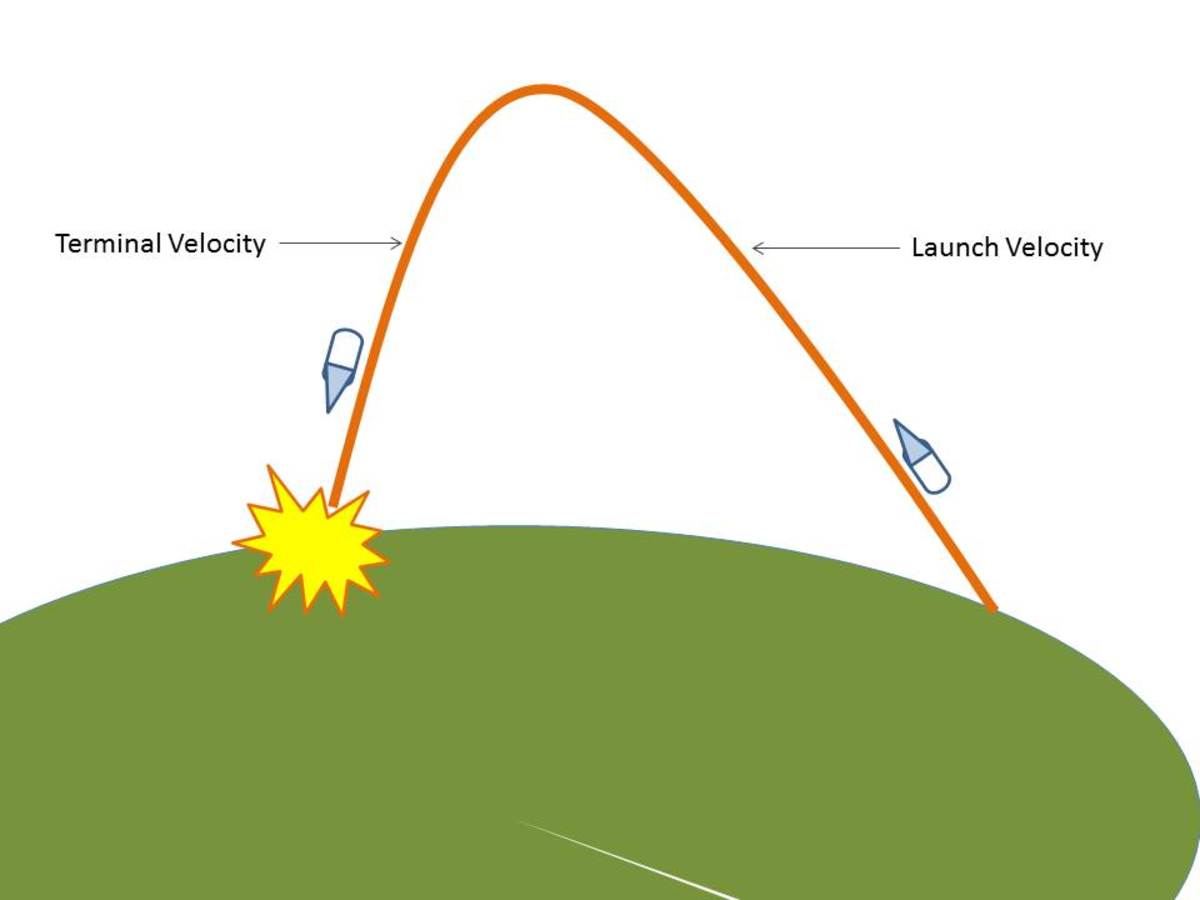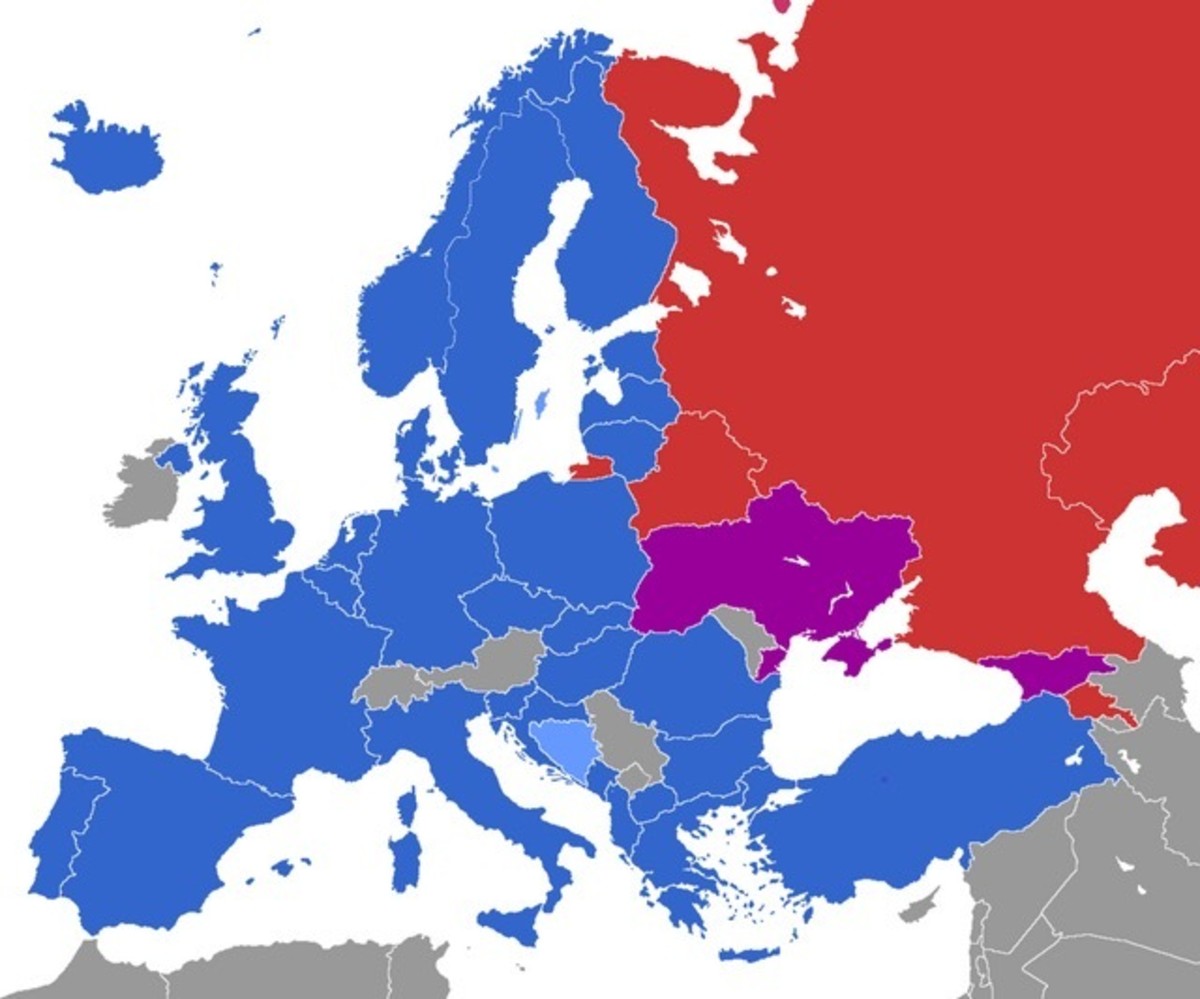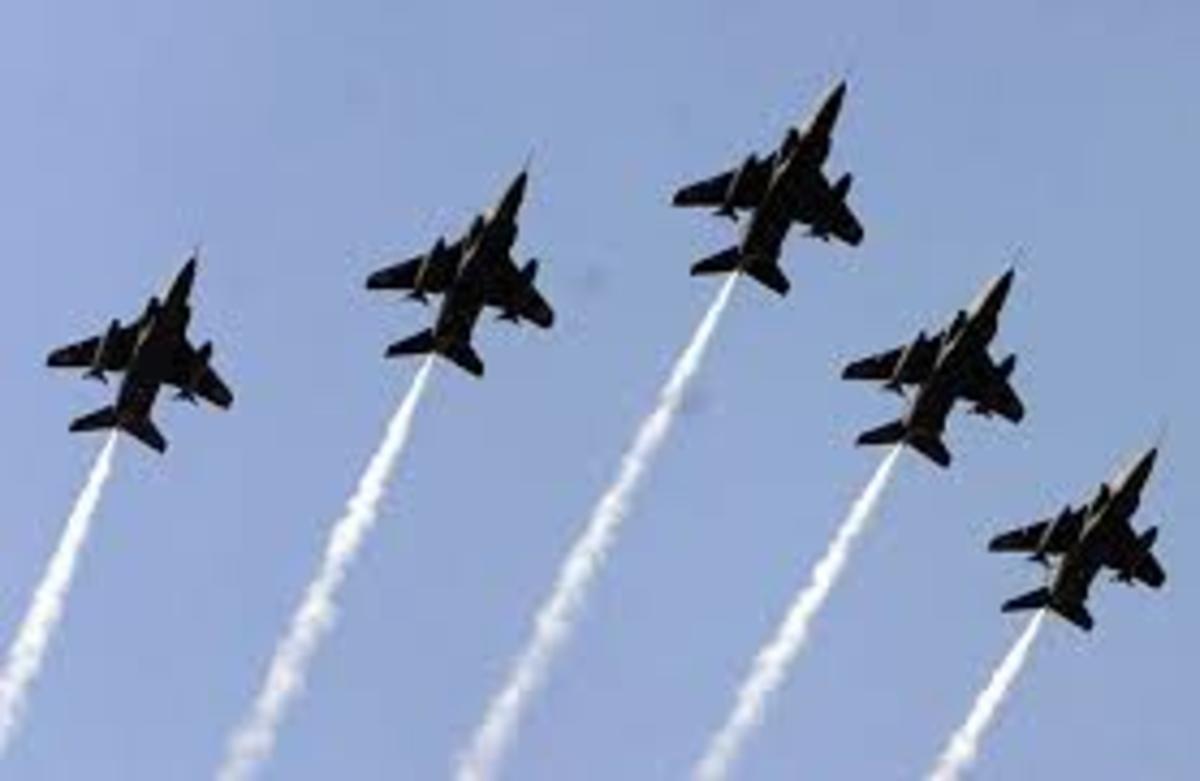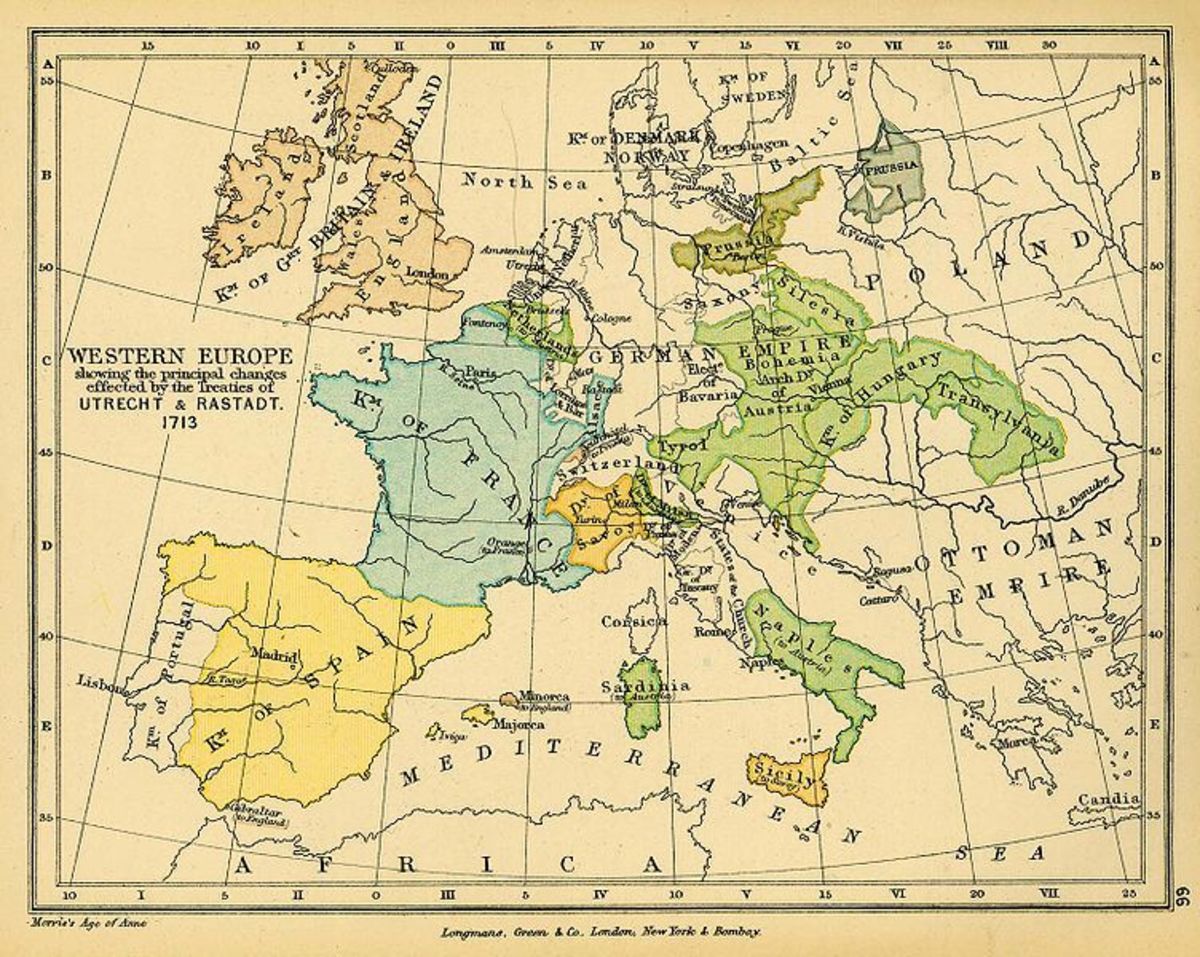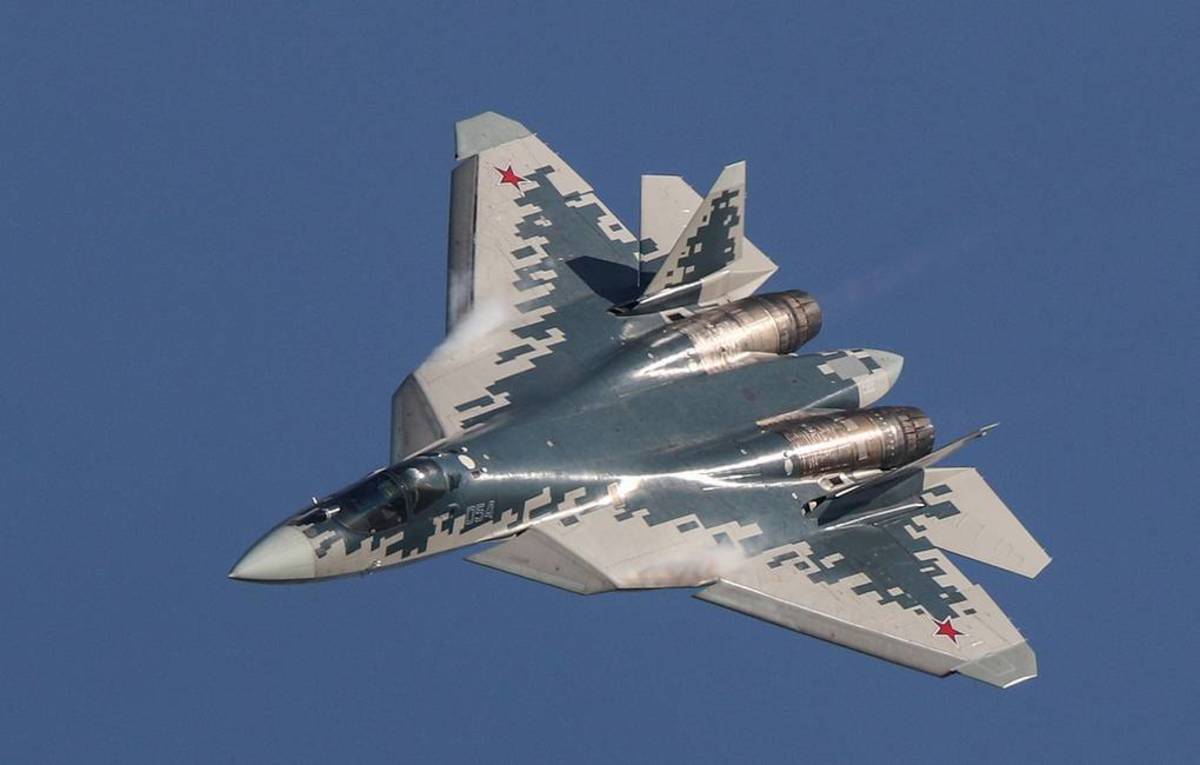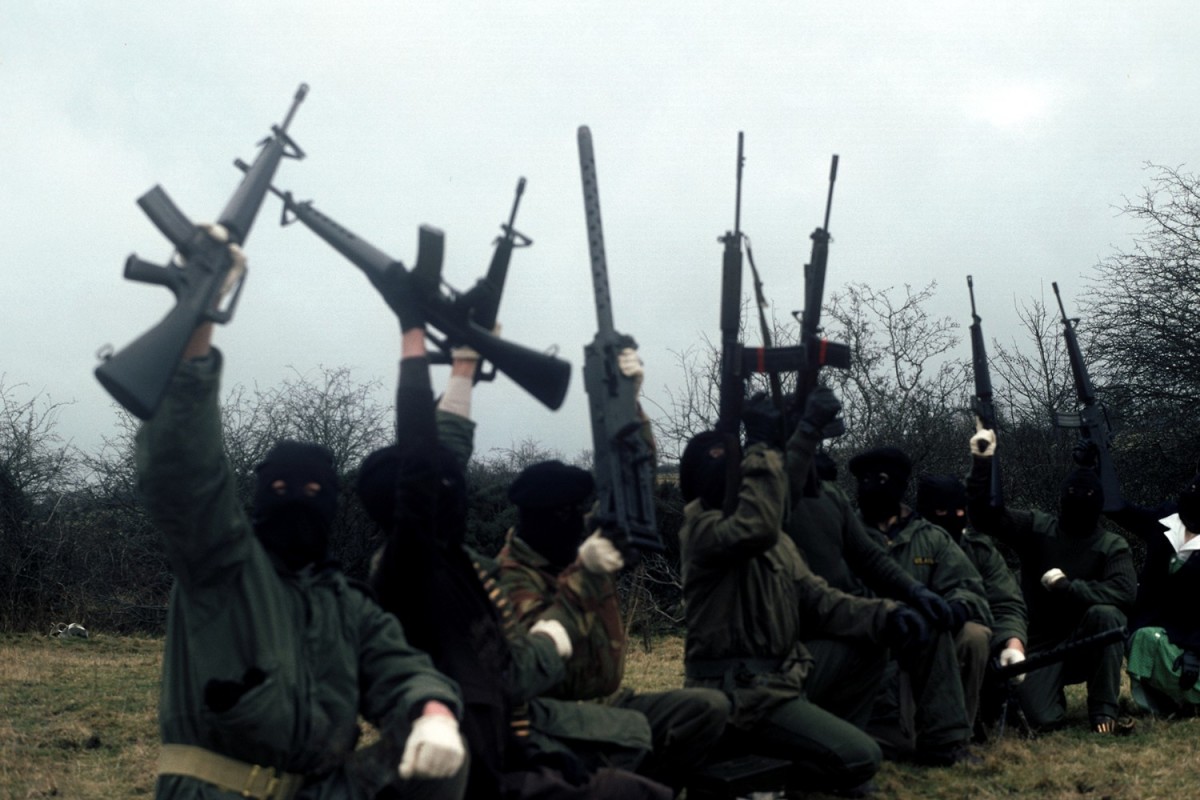NATO and Russia Play With Missiles; Baltic States Shiver
Map Showing Poland, the Baltic States and Russia
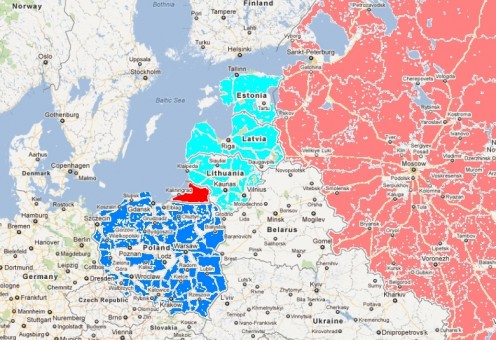
Missile Shield in Poland
There has been another move in the chess game between NATO and Russia involving the placement of missiles in Eastern Europe.
NATO has been planning to install anti-missile missiles in Poland to act as a shield against a hypothetical Iranian intercontinental ballistic missile attack against the U.S. east coast. Such an attack would have to track over Eastern Europe. Russia sees this as a provocation, stating that the real purpose is to move such installations closer to Russia under the pretense of an Iranian attack. NATO has assured them that Russia is not an enemy-- the Cold War is over. On the other hand, Russia was also reassured that none of the former Soviet republics would be offered NATO membership, but Poland and the Baltic states are now members.
Russian Offensive Missiles in Kaliningrad?
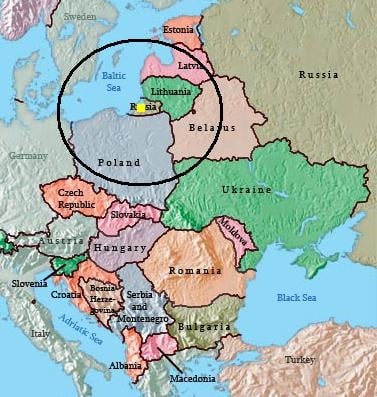
Missiles in the Kaliningrad Oblast
One problem for NATO is that, while the bulk of Russia lies beyond Estonia, Latvia, Belarus and Ukraine, there is an isolated tiny bit of Russia on the Baltic coast between Poland and Lithuania called the Kaliningrad Oblast (oblast is similar to “zone”). It is the western-most part of Russia, surrounded by NATO countries and is home to the Russian Baltic Fleet. Russia announced in January 2012 that it is deploying an S-400 Triumph anti-aircraft missile system in the Kaliningrad Oblast in April 2012. The S-400 has twice the range of the U.S. Patriot missile. It would be difficult for NATO to complain about a Russian missile shield, but the Russians also threaten to deploy offensive Iskander missiles in the oblast, which are considered to be among the most advanced surface-to-surface missiles available today. With a range of over 300 miles, Iskander missiles could target most of Poland and parts of Germany. Iskanders can carry 1,000 pound payloads such as cluster, blast-fragmentation, penetration or electronic magnetic pulse warheads. They can also carry unconventional tactical nuclear warheads.
Missile Transporter
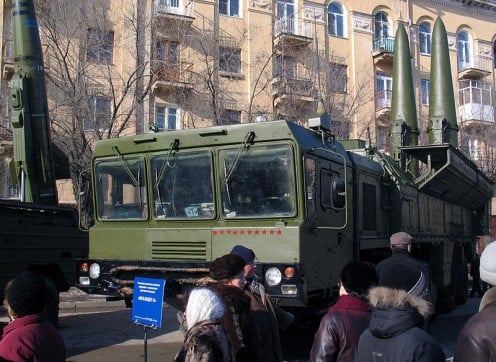
Lithuania, Latvia and Estonia
While all this maneuvering is going on, Lithuania, Latvia and Estonia look on with great unease. These Baltic states, while part of NATO, find themselves quite exposed, with Russian territory to their east and to their south. Like children of divorced parents-- and preferring one parent over the other-- they fear for their future. With a total population of 6.3 million people and military forces of 20,500, they are too small to protect themselves and they remember all too well the Soviet occupation of more than 45 years. They have experienced cyber attacks allegedly from Russia when the bear was displeased with their actions. They are subject to airspace violations by Russian fighters and bombers. Their air forces are not adequate so other NATO countries take turns protecting their airspace and escorting intruders away. Exposed as they are, it is only recently that NATO has begun to address how to protect these small countries on or near Russia's border from their large neighbor's aggression.
SAM Missiles
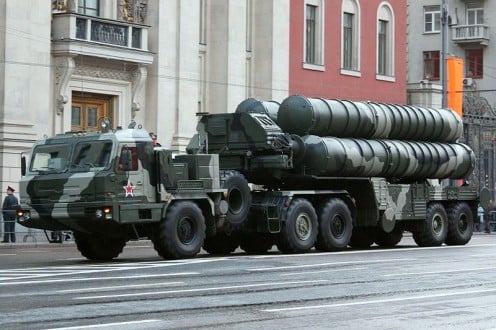
Article 5
All this leads to NATO's biggest problem: Article 5, which states, in part: “The Parties agree that an armed attack against one or more of them in Europe or North America shall be considered an attack against them all and consequently they agree that, if such an armed attack occurs, each of them... will assist the Party or Parties so attacked by taking forthwith, individually and in concert with the other Parties, such action as it deems necessary, including the use of armed force, to restore and maintain the security of the North Atlantic area.” In other words, if Russia were to attack, say Estonia, either the NATO countries would be at war with Russia or, having found a loophole that allows inaction, NATO would become ineffective as an organization.
The term “Cold War” was coined to mean “Not a Hot War”. I wonder what the term is for “Not a Cold War”?
Update: March 12, 2012
A spokeswoman for the US Pentagon has apparently confirmed that the US is now willing to disclose classified information regarding the proposed missile shield in Eastern Europe, which might possibly solve the impasse. Russians say if they get information on missile speed they could determine whether the shield poses a threat to them. It was noted, however, that the upcoming American election could stand in the way of such a disclosure as the Republicans accuse President Obama of being too soft on the Russians.
© 2012 David Hunt

